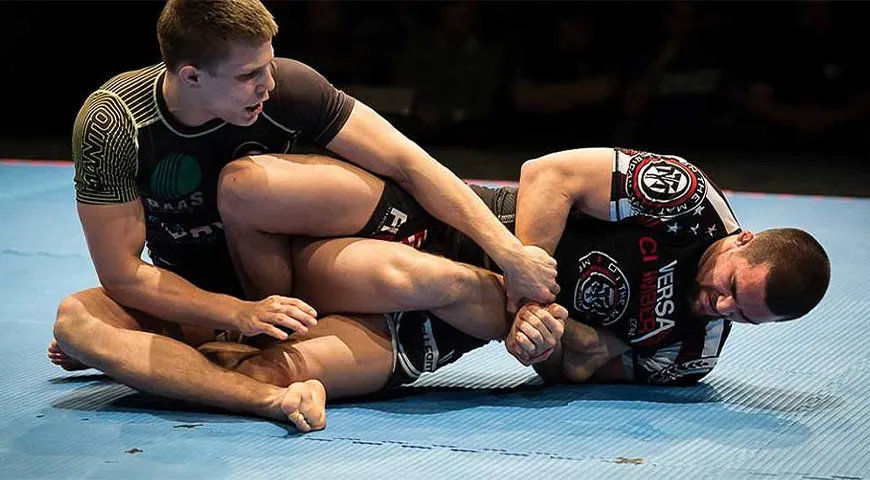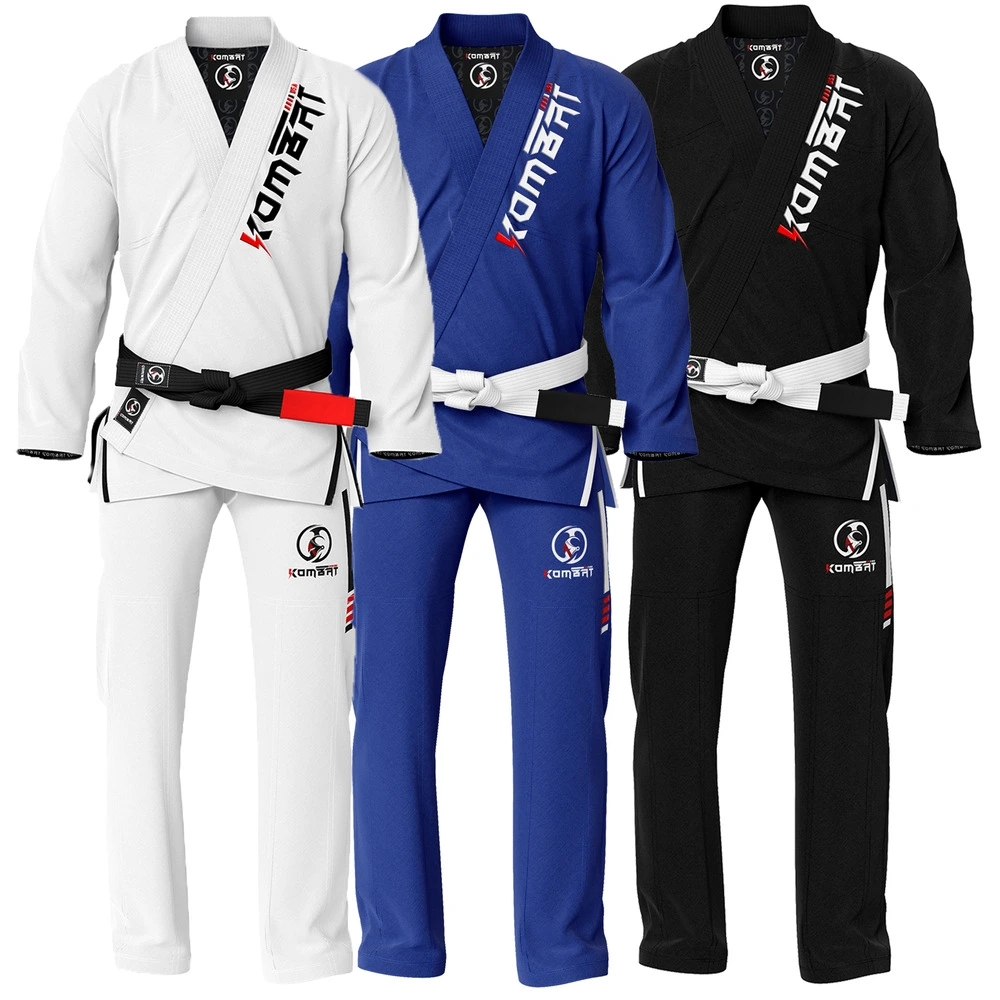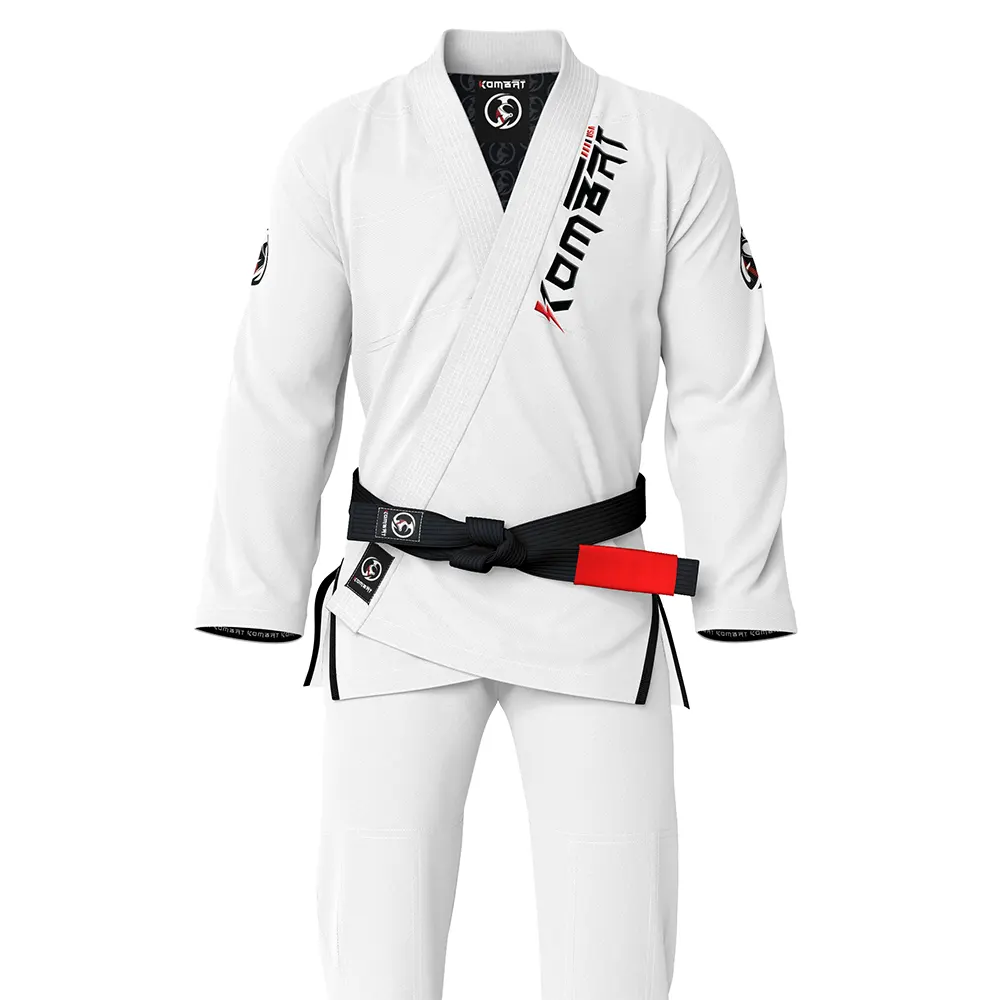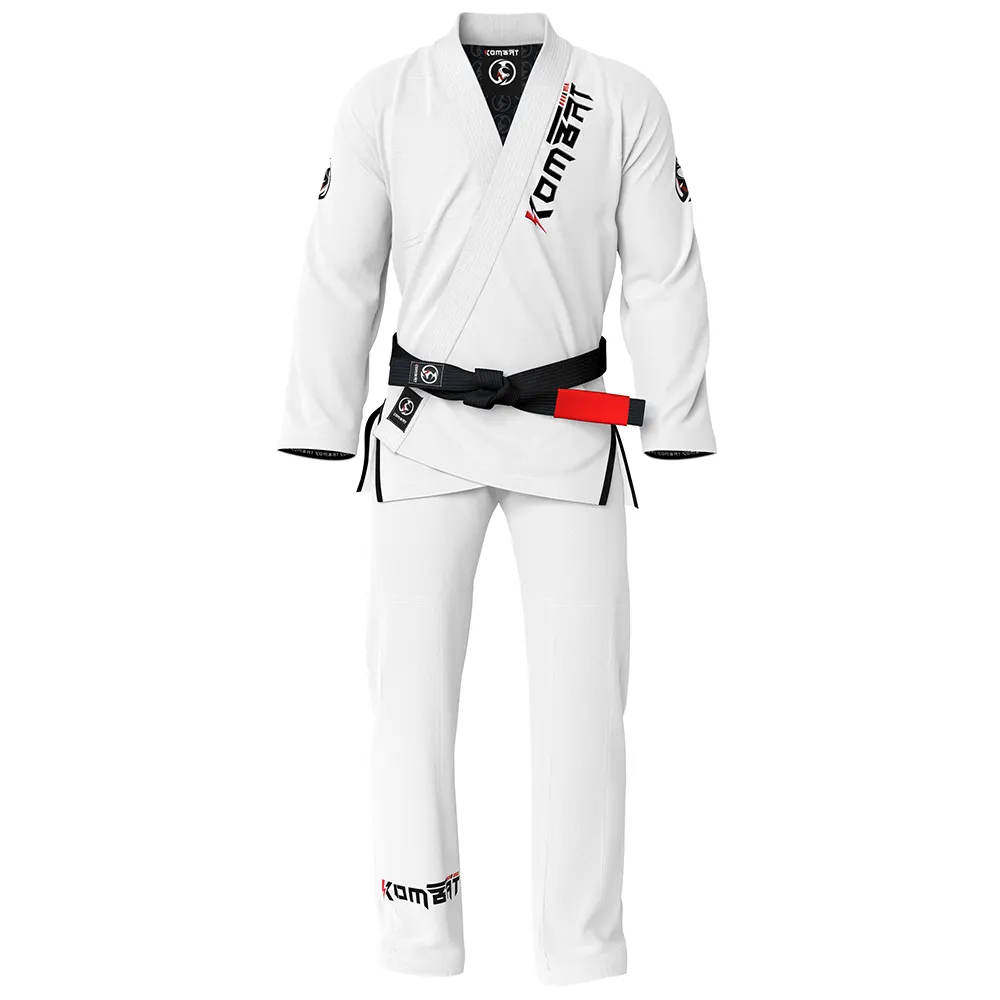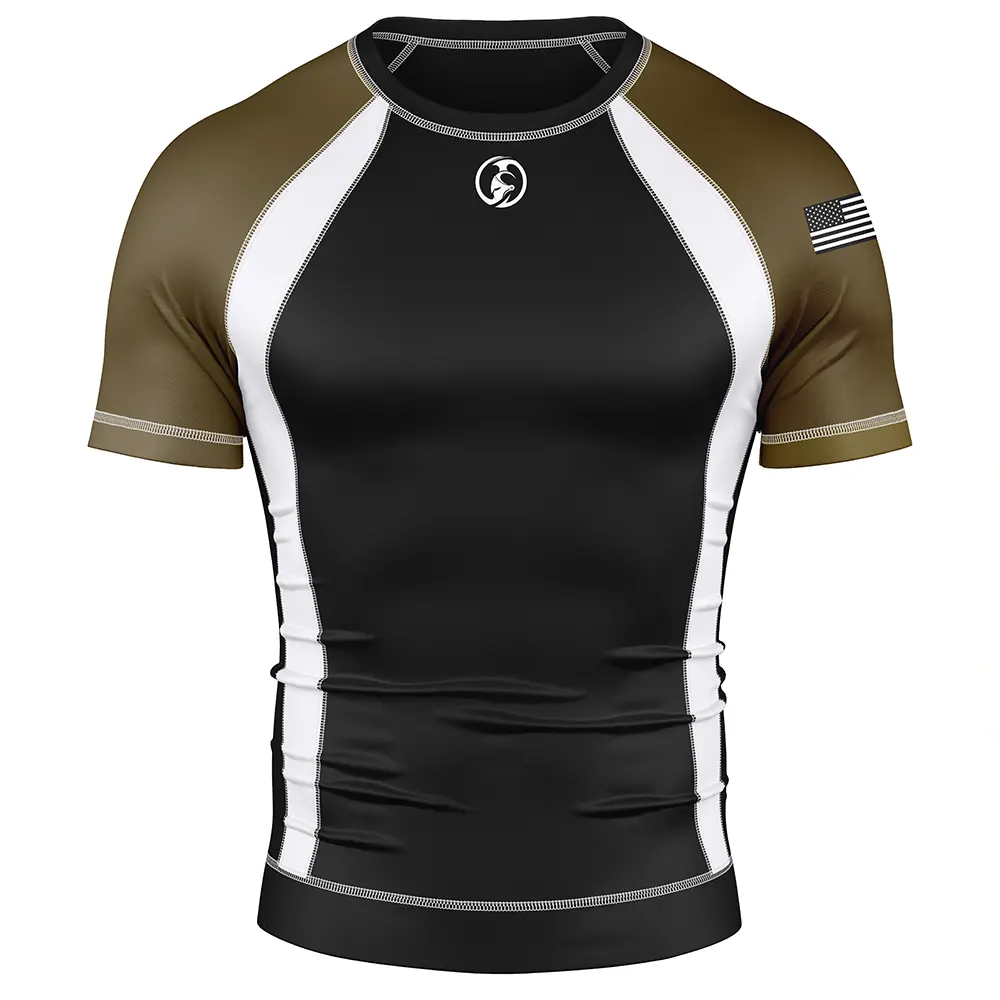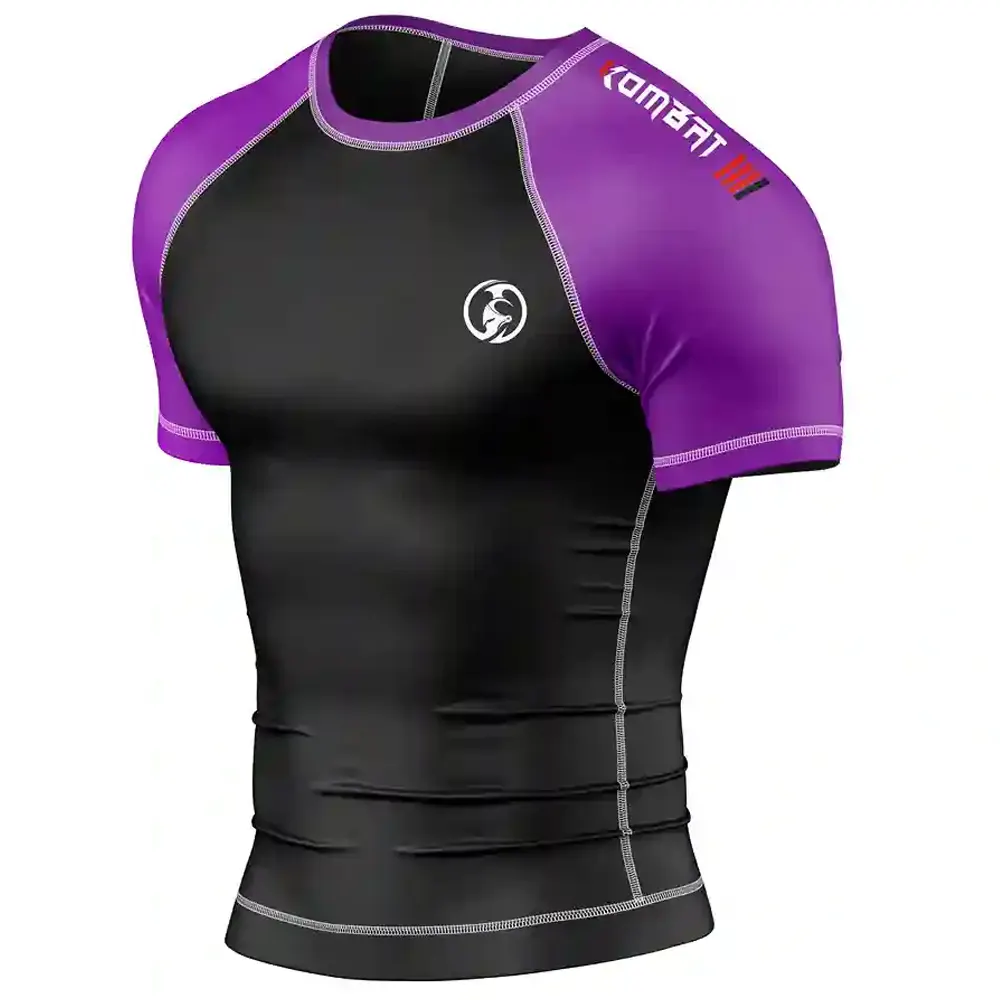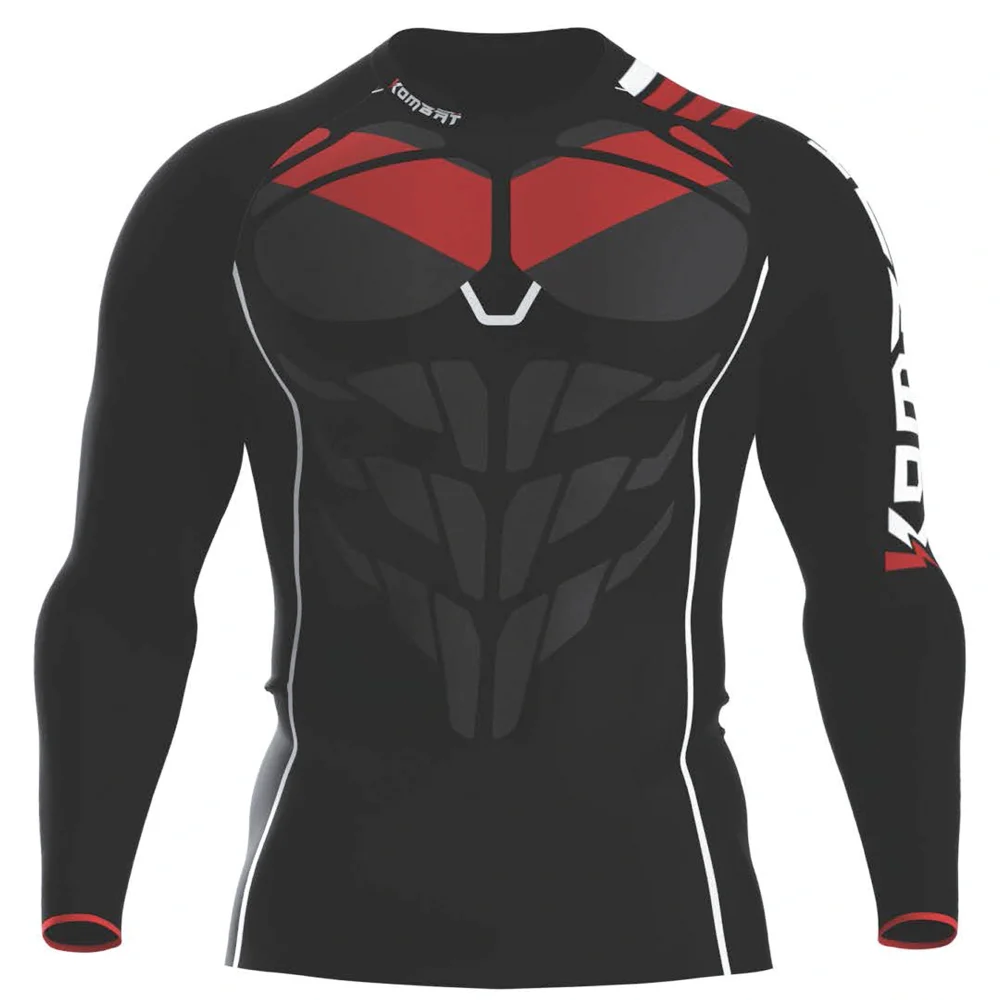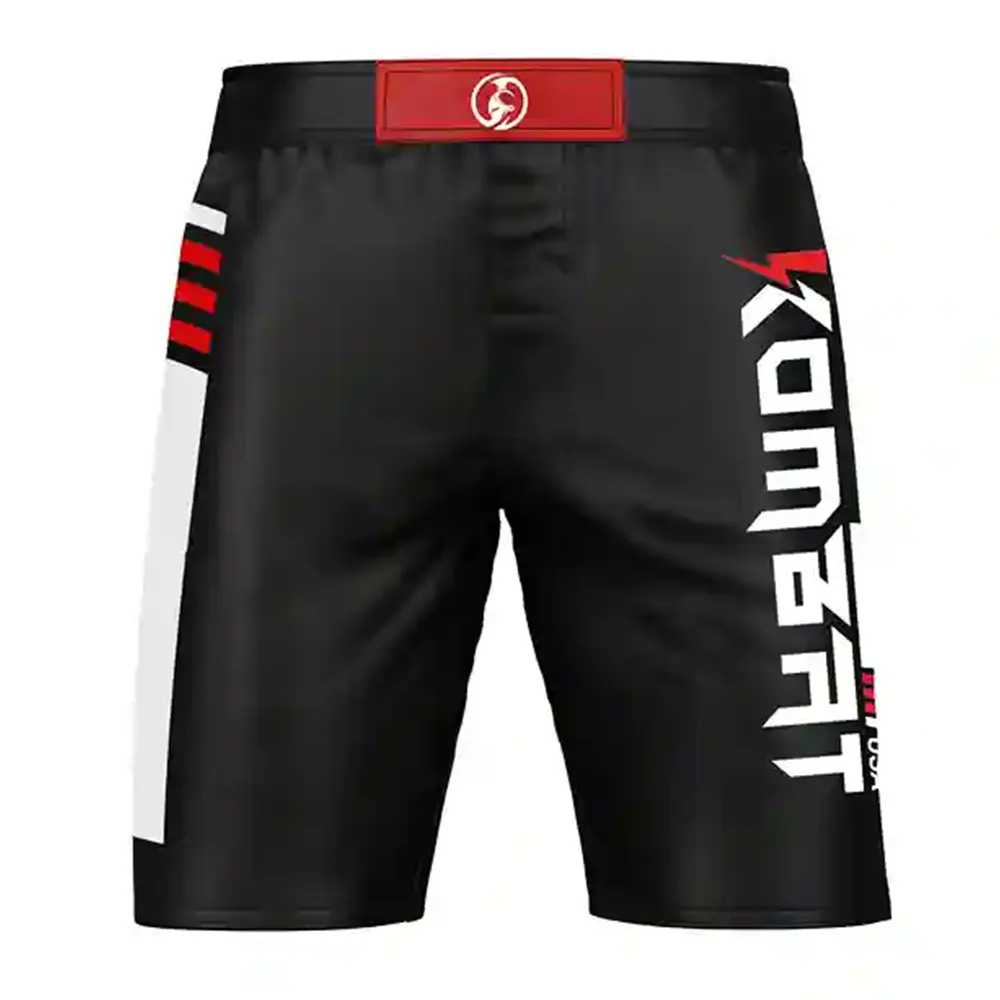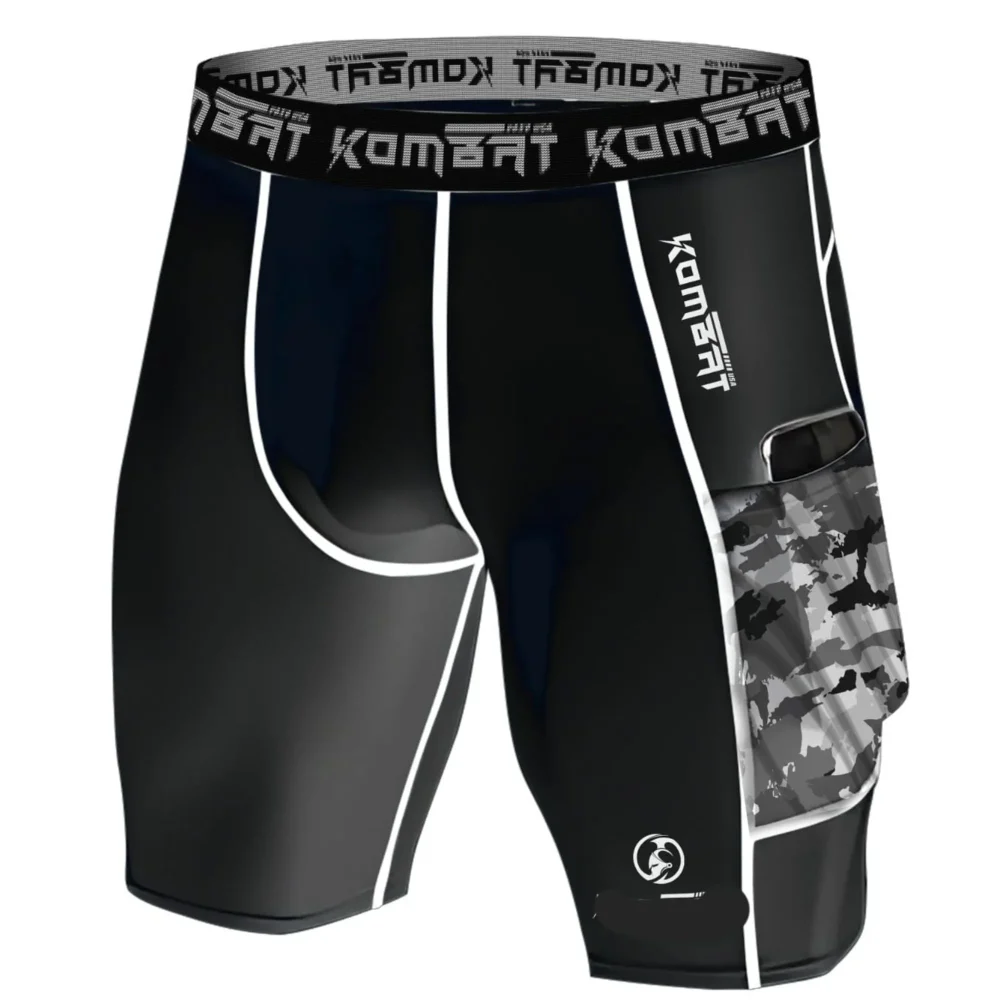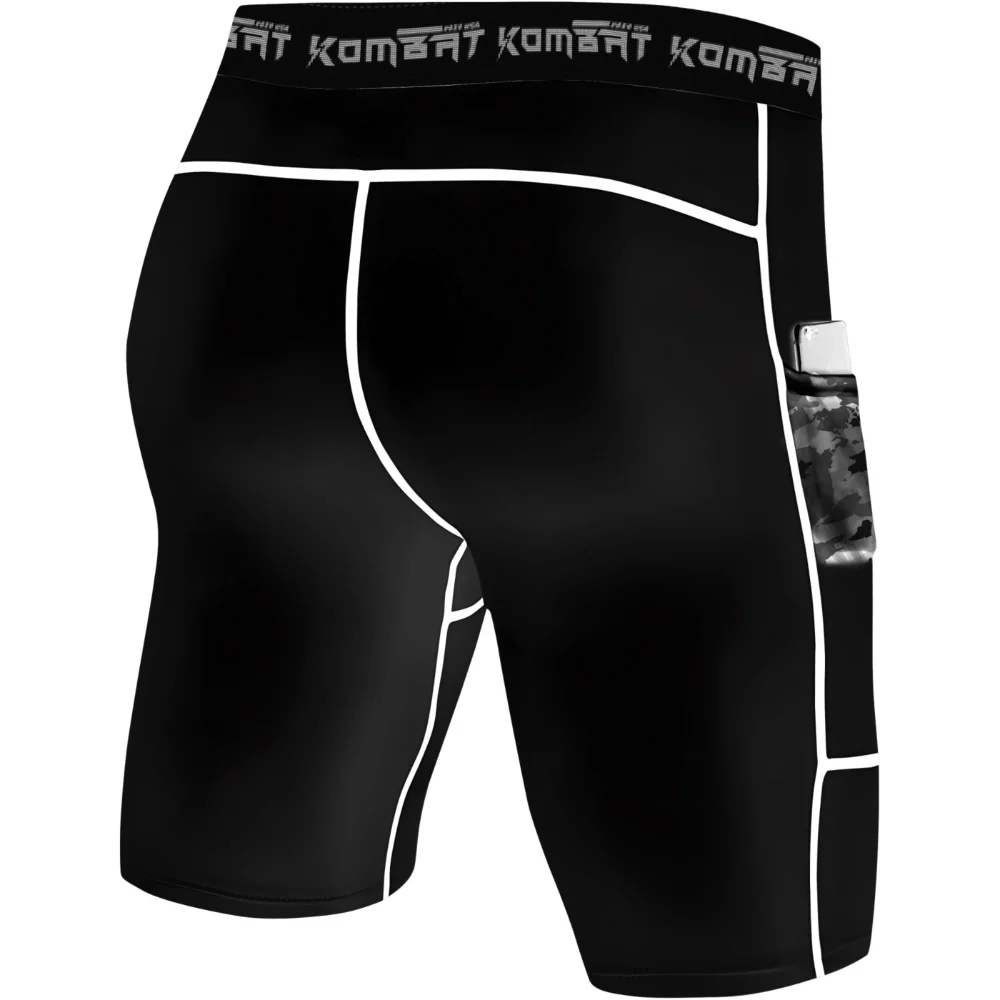Most of the BJJ players look for the heel hook technique in BJJ. Like the Kimura technique, players want to know about the proper execution of the heel hooking in a BJJ match. Actually, the heel hook is a grappling submission technique frequently used in matches to force an opponent to surrender (tap-out). It compels the players to tap out in Brazilian jiu jitsu, mixed martial arts (MMA), combat sambo, or catch-wrestling.
The execution of the heel hook involves controlling the knee/hip joint(s) and the heel bone. It is then followed by exerting the force crosswise, rotating the heel inwardly or outwardly. This action generates a twisting force on the ankle, which transmits the torque to the knee, potentially damaging several joints and ligaments. Therefore, the heel hook BJJ technique is illegal in all Gi tournaments. You cannot execute heel hooking to the opponent when you are wearing gi for any division.
Now, let’s delve into the details of the heel hook BJJ technique.
The Origins Of The Heel Hook
Grappling is among the most ancient activities practiced by humans. Consequently, many contemporary positions in our sport can be traced back thousands of years. The heel hooking is also one of those techniques.
The heel hook BJJ can be seen in some of the earliest forms of grappling, as depicted in the art of Ancient Greece. The technical advancements and widespread practice of Pankration were embraced by Roman culture, which integrated many aspects of Ancient Greek civilization.
While examining Nektarios Lykiardopoulos’s book “The Martial Arts of Ancient Greece: Modern Fighting Techniques from the Age of Alexander,” we can spot a distinct heel hook. It was illustrated on a Roman stone sculpture housed in a Vatican Museum (date unknown), executed by a centaur.
Further exploration of this topic reveals numerous Ancient Egyptian wrestling sketches displaying a range of leg assaults, encompassing knee-bars, before Ancient Greece.
Heel Hook Origin In Brazilian Jiu Jitsu
Several misconceptions exist about the heel hook technique in jiu jitsu. One such myth is that the renowned 1960s grappler Ivan Gomes was the founder of this submission. This statement was further reinforced by an interview given by Master Carlson Gracie to Marcelo Alonso of PVT many years ago, where Carlson stated:
He [Ivan] arrived in Rio for a fight and asked to stay and train with me. Later he travelled the world, and was the first Brazilian fighter to become a big star in Japan. The heel hook that we use today was created by him. – Carlson Gracie
We took Carlson Gracie’s word for it.
Since we cannot talk to Ivan as he passed away in 1990, we asked the Corol belt Jose Gomes (his subling), who stated:
“The Heel Hook existed before us. It came through the Japanese that landed here in the Northeast of Brazil. Our coach, Zé Maria [José Maria Freire], taught us these positions. He learned them from Takeo Yano and Builson Osmar [Yano’s student] (…) Yano came from a different lineage, not really from the Kodokan. He had been with the Japanese Imperial Navy, and his school was called Butokukai. He was a great fighter, Helio [Gracie] drew with him. Yano and George [Gracie] were training partners for a long time too here in the Northeast.”
Ivan was indeed the initial Brazilian wrestler to popularize the heel hook submission. However, Takeo Yano was a significant promoter of jiu jitsu in Brazil’s northeastern region during the first half of the 20th century. He instructed and competed there for many years, producing highly skilled students who later headed successful schools. One such school, the SAS of Master Francisco Sá (RIP), continues to thrive today under the leadership of his son “Sazinho”.
Heel Hook In Sport Jiu Jitsu
The early 1970s marked the evolution of Jiu jitsu into a sport. The first federation, established in 1969, brought together leading instructors from the Rio de Janeiro region to define the rules for the sporting aspect of jiu jitsu. This was the period when the initial point system was introduced, and the rulebook was further clarified. Certain positions like the heel hook BJJ, kneebar, and spinal locks were prohibited. Coral belt holder Pascoal Duarte stated:
As soon as jiu jitsu became a sport, these positions were ruled out. Even in training, they weren’t allowed, and if you tried to do them, you would be regarded as rude or lacking in technique – Pascoal Duarte
Master Duarte’s remark about being “deficient in technique” implied that the rule created a negative perception of the heel hook. It suggested that one would only choose “foot locks” if they lacked the technical skill to pass a guard effectively. The emphasis was on positional dominance, in line with the traditional BJJ principle of “position before submission.”
In the late 1990s, as jiu jitsu began to welcome competitors from abroad, predominantly from the USA, heel hooks gradually re-emerged in the sport. It advanced through events like the ADCC, NAGA, Grapplers Quest, and many other global tournaments, especially in its no gi version.
The revival of the “submission only” format in 2012 has further propelled the prominence of the heel hook. Events such as the Polaris Pro Invitational, EBI, and Metamoris have been highly effective in highlighting this submission’s significance in grappling martial arts.
Renowned Heel Hook Experts in Jiu Jitsu
- Joao Assis
- Jeff Glover
- Tom de Blass
- Ryan Hall
- Dave Terrell
- Rousimar Palhares
- Dean Lister
- Garry Tonon
- Keenan Cornelius
- Gordon Ryan
- Eddie Cummings
- Vinny Magalhaes
KOMBAT Compression Shorts Pro
Heel Hook Videos
Firas Zahabi – Tristar Headcoach Heel Hooking Tutorial
David Avellan vs Rousimar Palhares – Heel Hook in the ADCC
Garry Tonon vs Rodrigo “Mike” Ranieri – Heel Hook in Submission Grappling
Heel Hooked in MMA – Rousimar Palhares vs Fábio “Negão”

